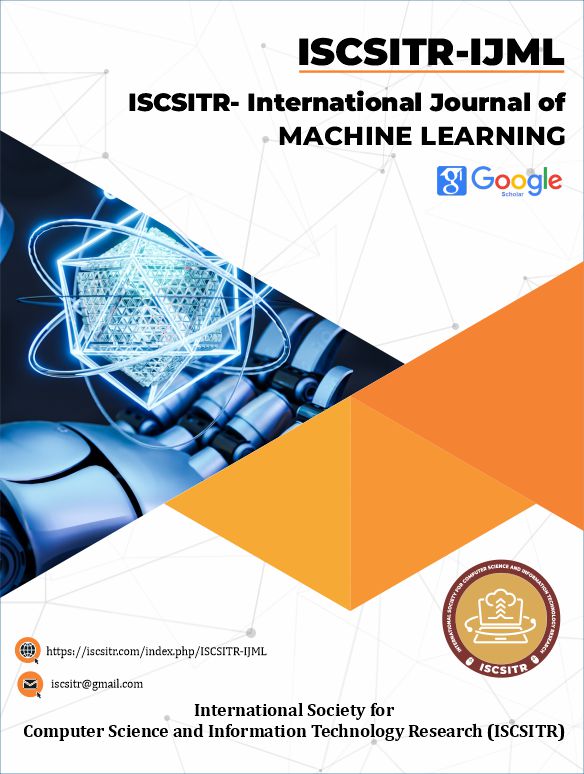Exploring Hybrid and Advanced Methods for Enhancing Computational Intelligence Through Multi-Paradigm Integration of Symbolic Reasoning Probabilistic Modeling and Deep Learning Architectures
Keywords:
Computational intelligence, Symbolic reasoning, Probabilistic modeling, Deep Learning, Multi-paradigm integration, Hybrid systems, Interpretability, Knowledge representation, Neural-symbolic systems, Cognitive AIAbstract
Recent advancements in computational intelligence have underscored the limitations of single-paradigm systems in solving complex, real-world problems. The integration of symbolic reasoning, probabilistic modeling, and deep learning offers a promising path toward more robust, interpretable, and adaptive AI architectures. This research investigates hybrid and advanced multi-paradigm methods to enhance computational intelligence, focusing on synergistic frameworks that bridge symbolic logic with statistical inference and neural representations. Using analytical modeling, architectural design, and benchmark comparisons, we demonstrate how integrative systems can outperform conventional approaches in terms of adaptability, scalability, and semantic transparency. Our findings contribute to the development of intelligent systems that better reflect human-like cognitive processes and support trustworthy AI.
References
Bach, Stephen H., et al. “Hinge-Loss Markov Random Fields and Probabilistic Soft Logic.” Journal of Machine Learning Research, vol. 18, no. 109, 2017, pp. 1–67.
Besold, Tarek R., et al. “Neural-Symbolic Learning and Reasoning: A Survey and Interpretation.” arXiv preprint arXiv:1711.03902, 2017.
Bingham, Eli, et al. “Pyro: Deep Universal Probabilistic Programming.” Journal of Machine Learning Research, vol. 20, no. 28, 2019, pp. 1–6.
Chollet, François. “On the Measure of Intelligence.” arXiv preprint arXiv:1911.01547, 2019.
Garcez, Artur d’Avila, et al. “Neural-Symbolic Learning and Reasoning: A Survey and Interpretation.” Cognitive Computation, vol. 1, no. 3, 2009, pp. 243–259.
Goodman, Noah D., et al. “Church: A Language for Generative Models.” Proceedings of the 24th Conference on Uncertainty in Artificial Intelligence, AUAI Press, 2008, pp. 220–229.
Kingma, Diederik P., and Max Welling. “Auto-Encoding Variational Bayes.” arXiv preprint arXiv:1312.6114, 2014.
Lake, Brenden M., et al. “Building Machines That Learn and Think Like People.” Behavioral and Brain Sciences, vol. 40, 2017, pp. 1–58.
LeCun, Yann, Yoshua Bengio, and Geoffrey Hinton. “Deep Learning.” Nature, vol. 521, no. 7553, 2015, pp. 436–444.
Mao, Jiayuan, et al. “The Neuro-Symbolic Concept Learner: Interpreting Scenes, Words, and Sentences from Natural Supervision.” International Conference on Learning Representations (ICLR), 2019.
Marcus, Gary. “The Next Decade in AI: Why Common Sense, Reasoning, and Cognitive Models Will Matter More Than Ever.” arXiv preprint arXiv:2002.06177, 2020.
Pearl, Judea. Probabilistic Reasoning in Intelligent Systems: Networks of Plausible Inference. Morgan Kaufmann, 1988.
Russell, Stuart, and Peter Norvig. Artificial Intelligence: A Modern Approach. 4th ed., Pearson, 2020.
Yi, Kexin, et al. “CLEVRER: Collaborative Learning of Visual Reasoning, Evaluation, and Reporting.” International Conference on Learning Representations (ICLR), 2020.
Zhang, Qiang, et al. “Explainable Artificial Intelligence (XAI): A Review of Recent Developments and Future Directions.” Information Fusion, vol. 71, 2021, pp. 10–29.
Downloads
Published
Issue
Section
License
Copyright (c) 2025 KA Matthew (Author)

This work is licensed under a Creative Commons Attribution-NonCommercial 4.0 International License.

